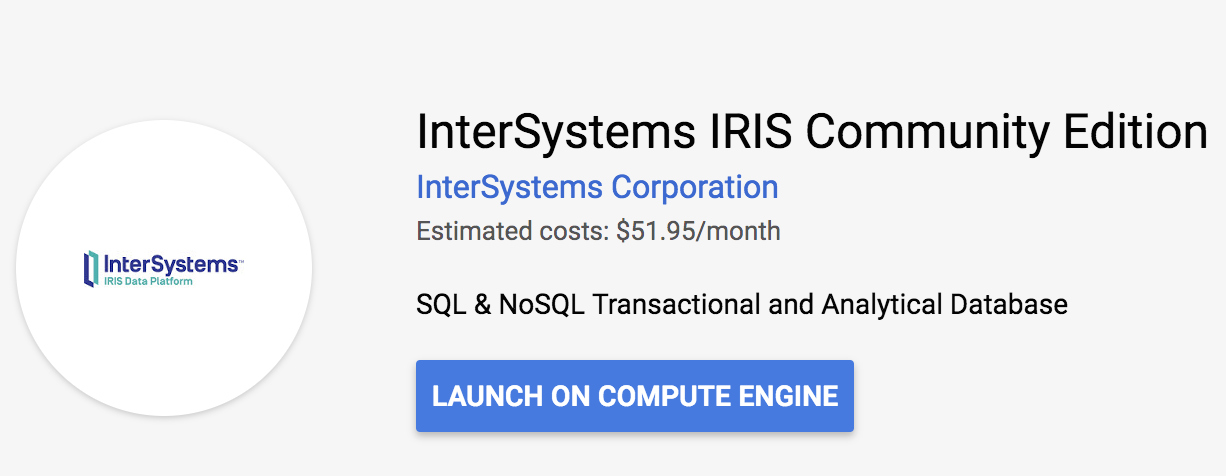Hello,
I am taking some intro lessons in REST from the online courses. Below is a very simple code i wrote. But when i try to see the output by entering the url
http://localhost:57773/rest/coffeemakerapp/coffeemaker i get an error "
This page isn’t working
If the problem continues, contact the site owner.
HTTP ERROR 401
Thanks,
Jimmy




